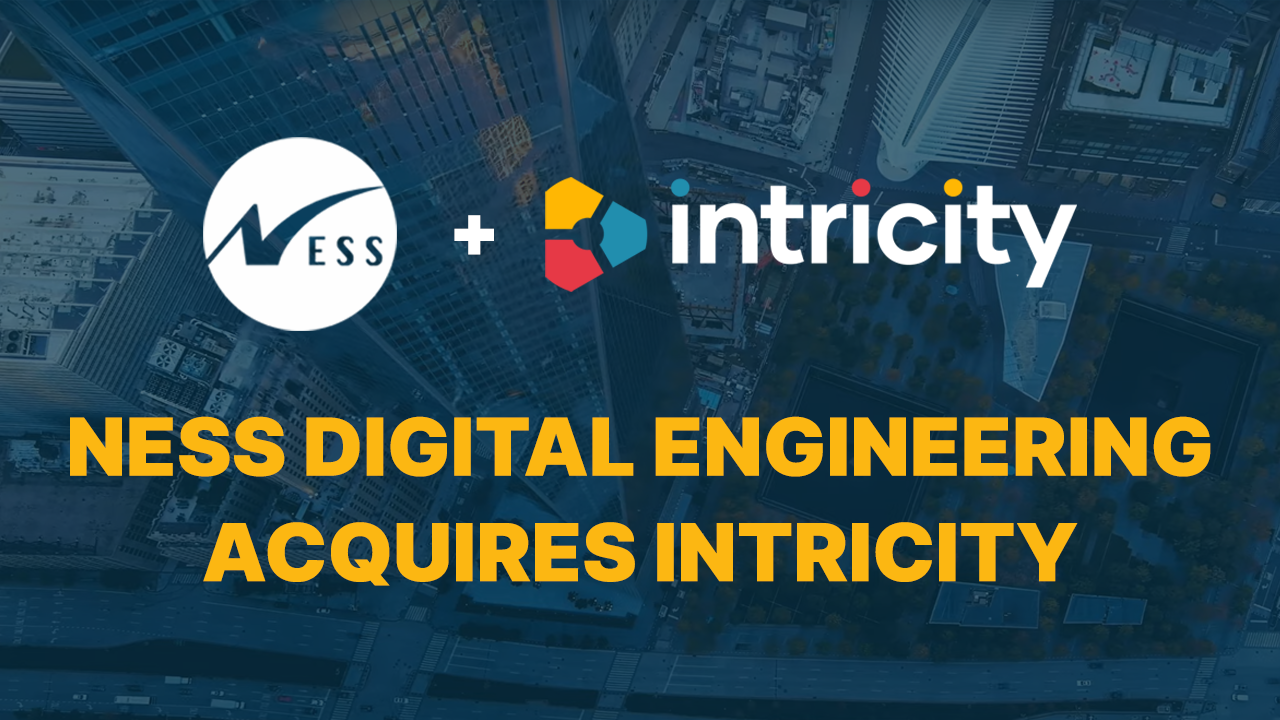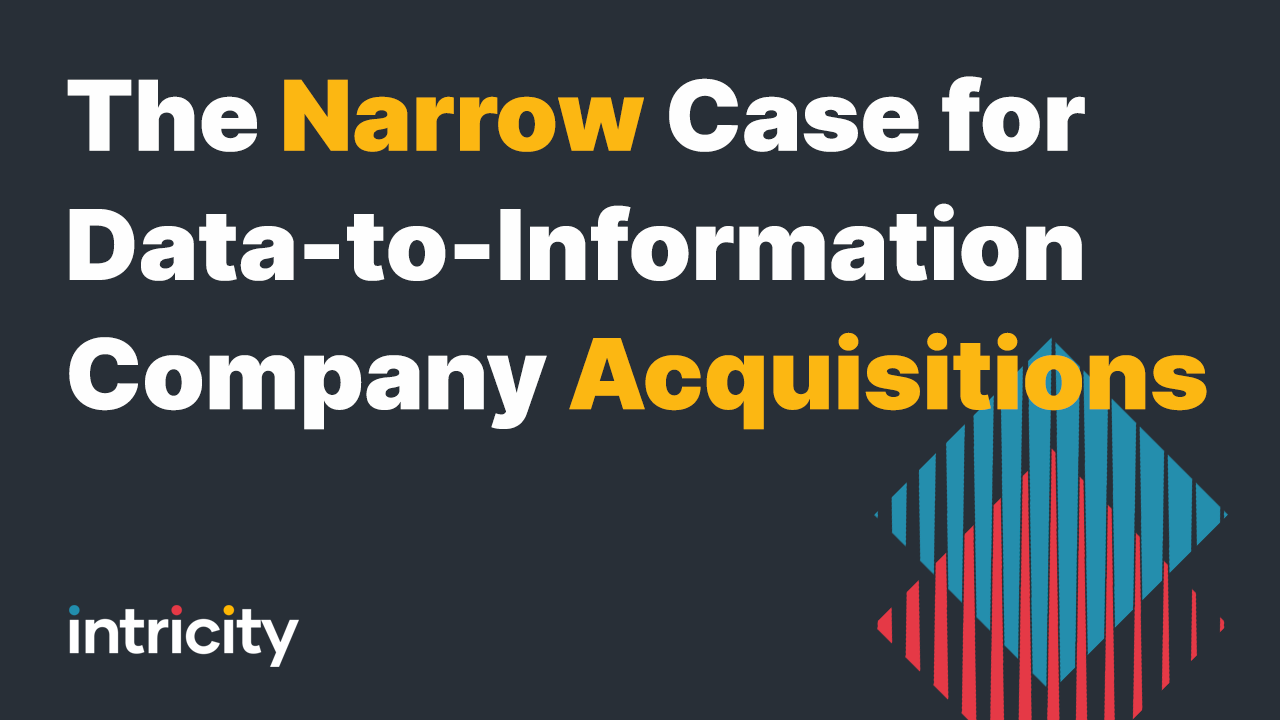This is a short video about an Application Retirement Strategy Intricity often conducts. I've been amazed at how little attention this topic gets. Especially when you consider how predictable it's ROI is.
Text from Video:
Have you ever seen those shows on TV where they reveal the house of a person that hoards stuff? One of the things that I immediately noticed when watching those shows is that the Hoarder was always caught up in a conflict of whether they would ever need that object again. Well today I’m going to share with you a similar habit in the business world. I call it Legacy Data hoarding.
You see large organizations have long histories of purchasing applications to solve certain problems. But over time these applications begin to be redundant, abandoned, or it’s historical data simply becomes inactive. If these problems get ignored, as they often do, organizations end up with a messy and expensive application landscape. And here’s the thing, the fix is not only straight forward, but it’s ROI is usually staring you right in the face.
Intricity is here to host an intervention, to help you shed the massive expense of your inactive data. This usually starts with an Application Retirement Strategy.
The purpose of the Application Retirement Strategy is to prepare the Executive for the full endorsement of the solution. One of the primary reasons these types efforts fail is because IT departments are left on their own to make them successful. However, without the appropriate level of political and strategic support these efforts quickly run out of gas.
This strategy outlines the steps ahead and presents the solution for Executive Endorsement. One of the critical Endorsements needed at an executive level is the appointment of somebody to oversee the progress of the Data Retirement efforts.
Now unlike the example of the Hoarder, businesses don’t have to say goodbye to their data for good. Rather, by using a best of breed tools like Informatica Data Archive, you can compress these old systems but still have seamless access to them from both the original application and from reporting tools.
We can usually see the return on investment within 6-9 months and the expense of those systems is all but gone in the following year.
I encourage you to talk with one of our specialists about our Application Retirement Strategy. We can help you transform your environment into a leaner and more agile application landscape.
--Jared Hillam, EIM Practice Director


